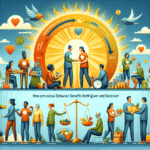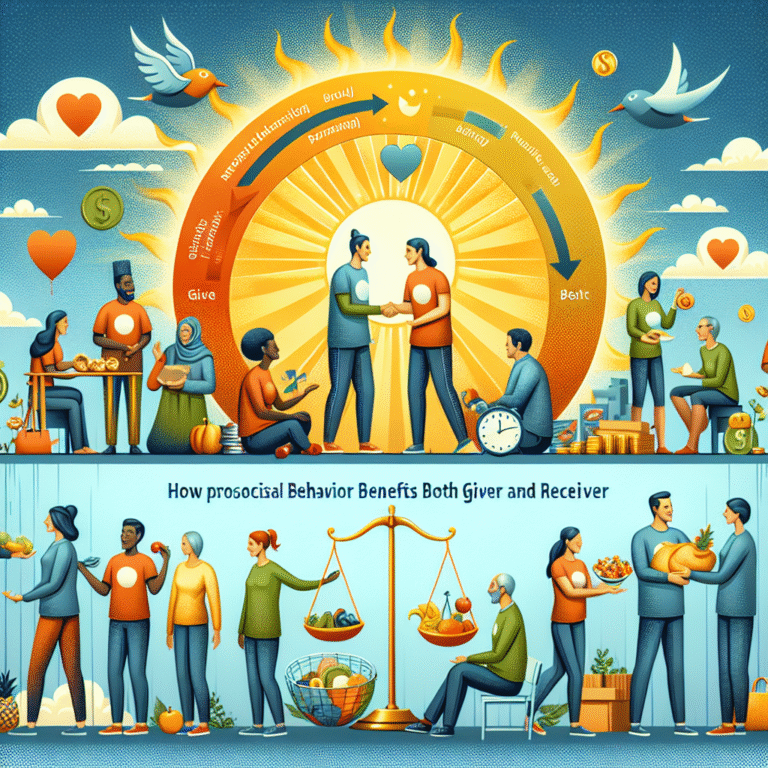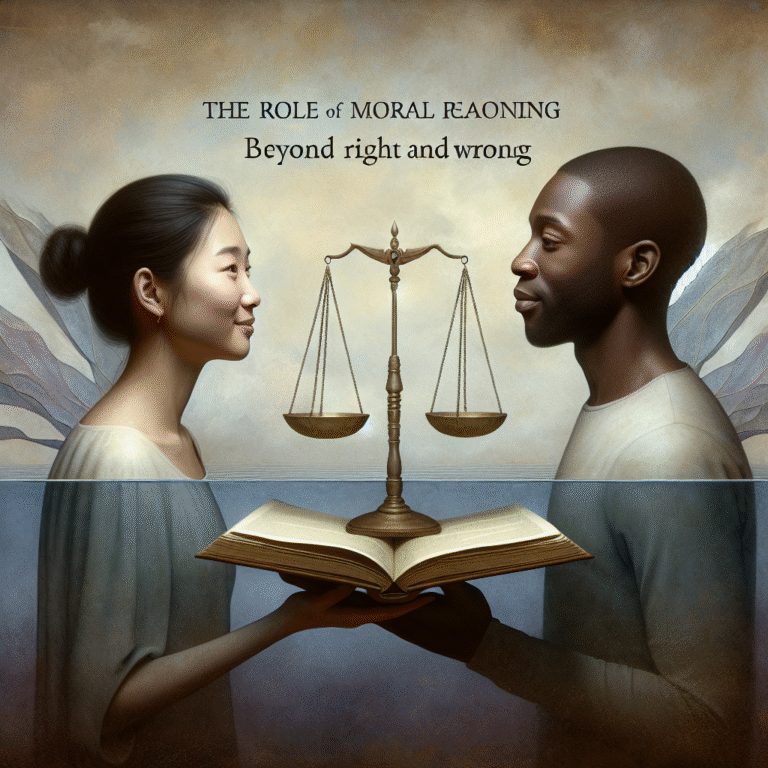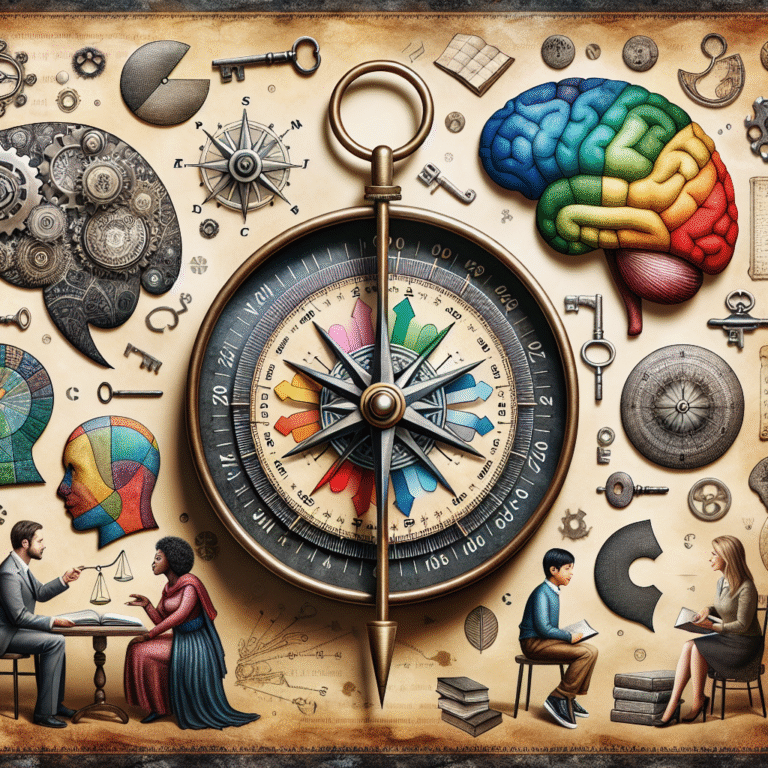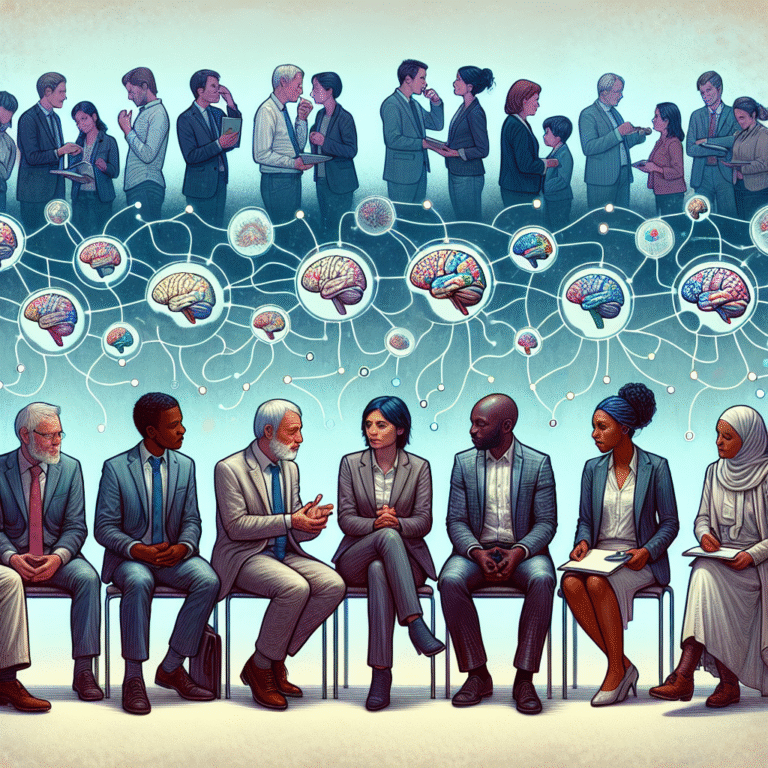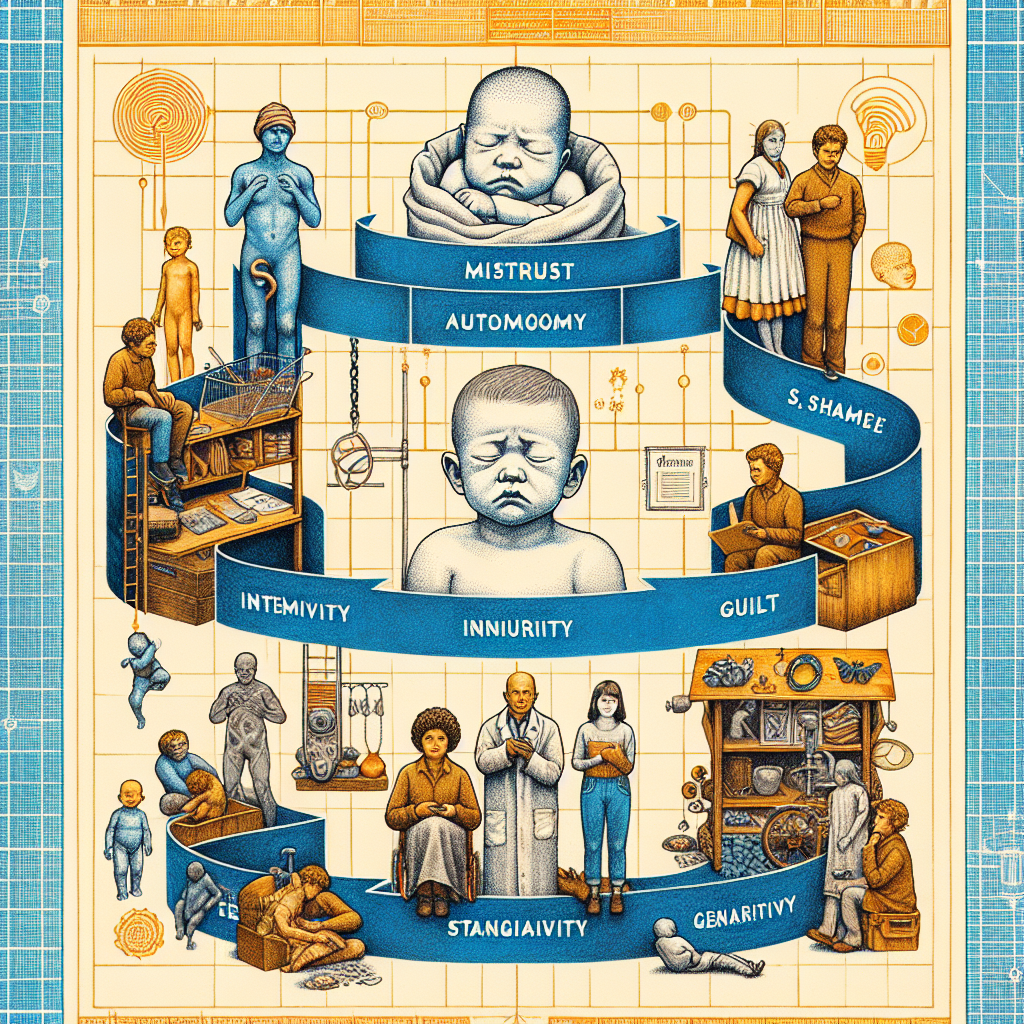
Introduction
Imagine you are walking through a sprawling garden, vibrant with different blooms, each representing a distinct phase of life. Each beautiful flower, while unique, contributes to the overall harmony of the garden. This visual is akin to the intricate designs of human development, where each stage is shaped by experiences, challenges, and triumphs. Our exploration today delves into "The Psychosocial Blueprint: Exploring Erikson’s Impact on Human Development," examining how Erik Erikson’s seminal theory has provided invaluable insights into navigating the complexities of human life.
As we journey through his framework, we’ll uncover not just theoretical concepts but real-world applications that demonstrate how his eight stages of psychosocial development resonate in our everyday interactions, identities, and relationships. Erikson’s work remains vital, illuminating our paths toward understanding self and society, making it essential for educators, parents, mental health professionals, or anyone interested in personal growth.
Understanding Erikson’s Psychosocial Theory
The Eight Stages of Psychosocial Development
Erikson’s theory posits that human development occurs in eight stages, from infancy to late adulthood. At each stage, individuals face a psychosocial crisis that must be resolved to foster healthy development. This framework lays out a blueprint, elegantly mapping the psychological challenges inherent at each life juncture.
| Stage | Age Range | Psychosocial Conflict | Positive Outcome |
|---|---|---|---|
| 1. Trust vs. Mistrust | Infancy (0-1 years) | Developing trust in caregivers | Trust in the world |
| 2. Autonomy vs. Shame/Doubt | Early Childhood (1-3 years) | Gaining a sense of personal control | Confidence and autonomy |
| 3. Initiative vs. Guilt | Preschool (3-6 years) | Initiative in social situations | Initiative |
| 4. Industry vs. Inferiority | School Age (6-12 years) | Mastery of skills | Confidence in abilities |
| 5. Identity vs. Role Confusion | Adolescence (12-18 years) | Exploration of self | Strong sense of identity |
| 6. Intimacy vs. Isolation | Young Adulthood (18-40 years) | Seeking intimate relationships | Deep, meaningful relationships |
| 7. Generativity vs. Stagnation | Middle Adulthood (40-65 years) | Contributing to society | Feelings of usefulness |
| 8. Integrity vs. Despair | Late Adulthood (65+ years) | Reflection on life | Wisdom and acceptance |
Delving Deeper into Each Stage
Stage 1: Trust vs. Mistrust
This foundational stage sets the tone for future relationships. Studies have shown that children who feel secure with their caregivers develop core trust, which lays the groundwork for meaningful relationships later in life. A classic case study of an adoptive family showed how consistent warmth and presence could foster deep trust in children previously exposed to neglect.
Stage 2: Autonomy vs. Shame/Doubt
In this stage, children start asserting their independence. Case studies of practices like Montessori education demonstrate how allowing children to make choices fosters autonomy while reinforcing their sense of self-worth.
Stage 3: Initiative vs. Guilt
Children begin to take initiative in play and decision-making. Programs focused on creative play environments, such as Waldorf schools, have shown that encouraging exploration leads to increased initiative and problem-solving skills.
Case Study: Exploring Real-World Applications
Let’s take a closer look at a case study involving a public school implementing a social-emotional learning curriculum focused on Erikson’s stages. Schools that integrate systemic approaches to develop psychosocial skills noticed a marked improvement in student engagement and self-esteem. Teachers reported that students were more willing to take initiative in class, suggesting a collective movement towards navigating Erikson’s third stage—initiative vs. guilt.
The Relevance of Erikson’s Theory
Implications for Mental Health
The concepts from "The Psychosocial Blueprint: Exploring Erikson’s Impact on Human Development" are particularly relevant in mental health. Understanding where clients land within Erikson’s framework can guide therapeutic practices, addressing unresolved crises to foster better mental health outcomes. Therapists can tailor interventions that resonate with the specific life challenges faced at each psychosocial stage.
Identity Development in Adolescents
As adolescents grapple with the complexities of forging an identity, Erikson’s insights provide clarity. Case studies of youth development programs emphasize providing safe spaces for identity exploration. The intersection of Erikson’s theories with modern psychological practices can aid educators and parents in helping teenagers navigate these tumultuous years successfully.
Workplace Dynamics and Leadership
In organizational psychology, Erikson’s blueprint informs how leaders approach employee development. Understanding the inherent psychosocial conflicts employees may face at different career stages can lead to more empathetic management and effective mentorship, ultimately enhancing workplace culture.
Tables and Their Significance
By summarizing key elements in table formats, we can draw clear correlations between Erikson’s stages and practical applications in various fields:
| Field | Application of Erikson’s Theory |
|---|---|
| Education | Social-emotional learning initiatives to nurture trust and initiative |
| Mental Health | Tailoring therapy to address unresolved psychosocial conflicts |
| Parenting | Fostering autonomy and initiative in children through supportive practices |
| Workplace | Developing empathetic leaders who can address employee psychosocial needs |
Conclusion
In this exploration, "The Psychosocial Blueprint: Exploring Erikson’s Impact on Human Development" has illuminated the remarkable stability and complexity of human development. Erikson’s theory serves not just as a theoretical guide but as a practical tool applicable across various domains—education, mental health, parenting, and workplaces. By understanding and applying Erikson’s principles, we can better navigate our interpersonal relationships, foster productive environments, and support each other in unique developmental journeys.
Motivational Takeaway
Embrace the wisdom that each stage of development offers. Whether you’re a parent nurturing autonomy or a leader fostering a culture of trust, keep in mind that every interaction shapes who we become. Let Erikson’s insights empower you to mold a life filled with meaning and purpose.
FAQs
1. What is Erikson’s psychosocial theory?
Erikson’s psychosocial theory is a framework outlining eight stages of human development, each characterized by a psychosocial conflict that individuals must resolve to move on to healthier development.
2. How can educators apply Erikson’s theory in classrooms?
Educators can integrate social-emotional learning practices that acknowledge students’ psychosocial development, fostering environments that support trust, initiative, and identity formation.
3. Why is the concept of identity vs. role confusion significant for adolescents?
This stage is crucial as adolescents navigate self-discovery, shaping their identities through social interactions and personal experiences, leading to either a strong sense of self or confusion.
4. How does understanding these stages enhance therapeutic practices?
Mental health professionals can better address clients’ issues by recognizing which stage they are struggling with, allowing for more targeted and effective interventions.
5. Is Erikson’s theory still relevant today?
Yes, Erikson’s theory remains profoundly relevant, shaping disciplines such as psychology, education, and organizational leadership, and providing insights into human interactions and personal growth.
By recognizing "The Psychosocial Blueprint: Exploring Erikson’s Impact on Human Development," we not only honor his contributions but equip ourselves with the tools to navigate our communal garden of life.


